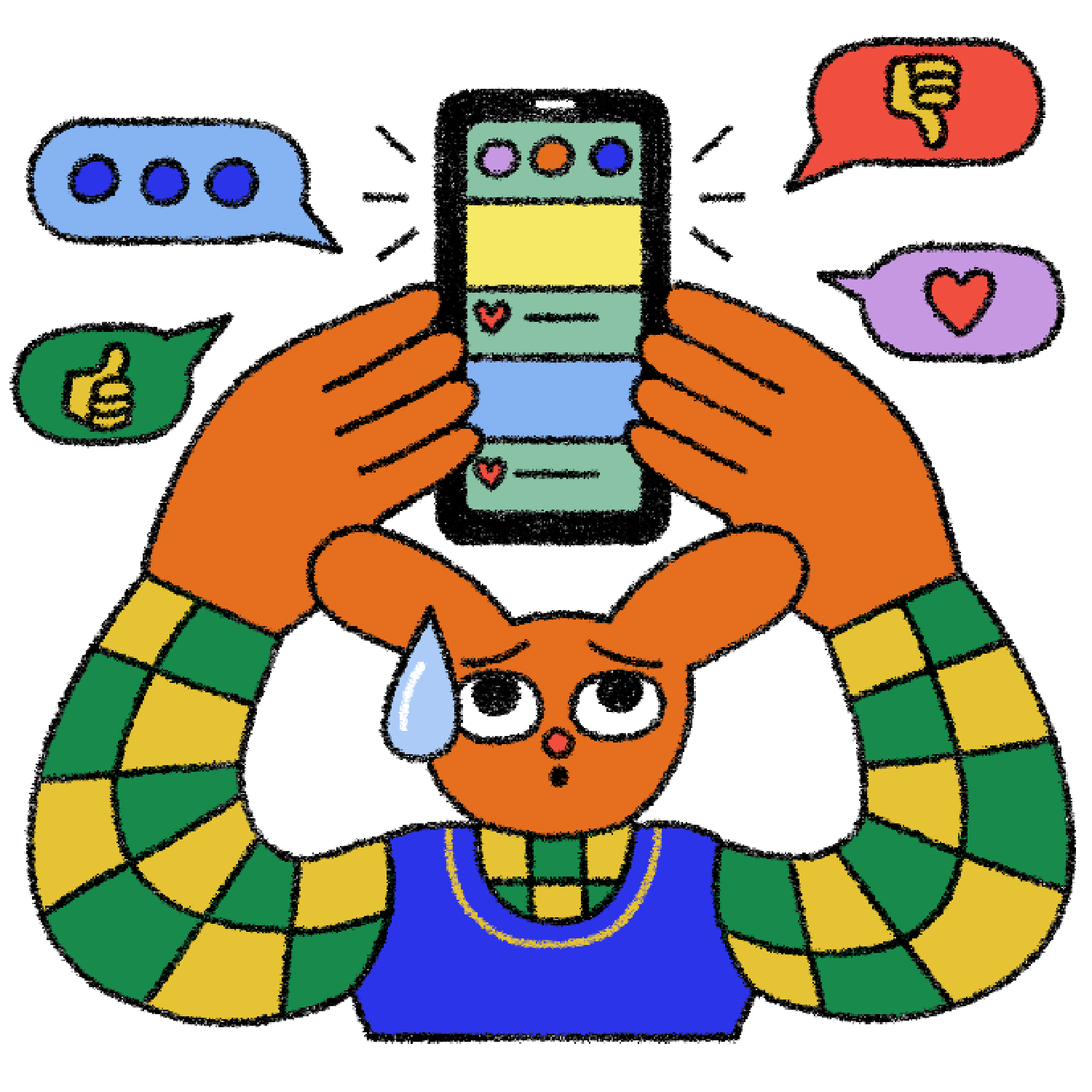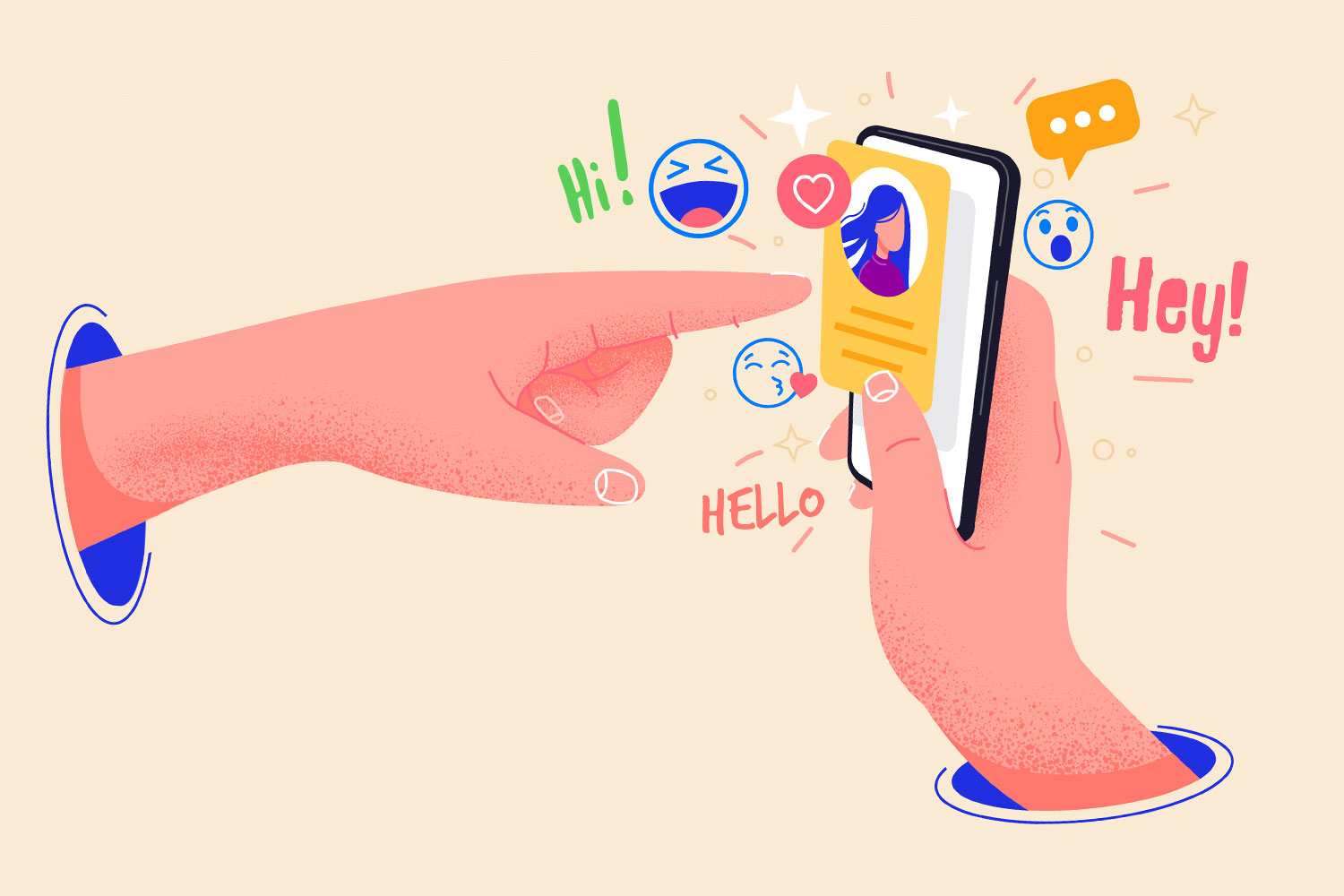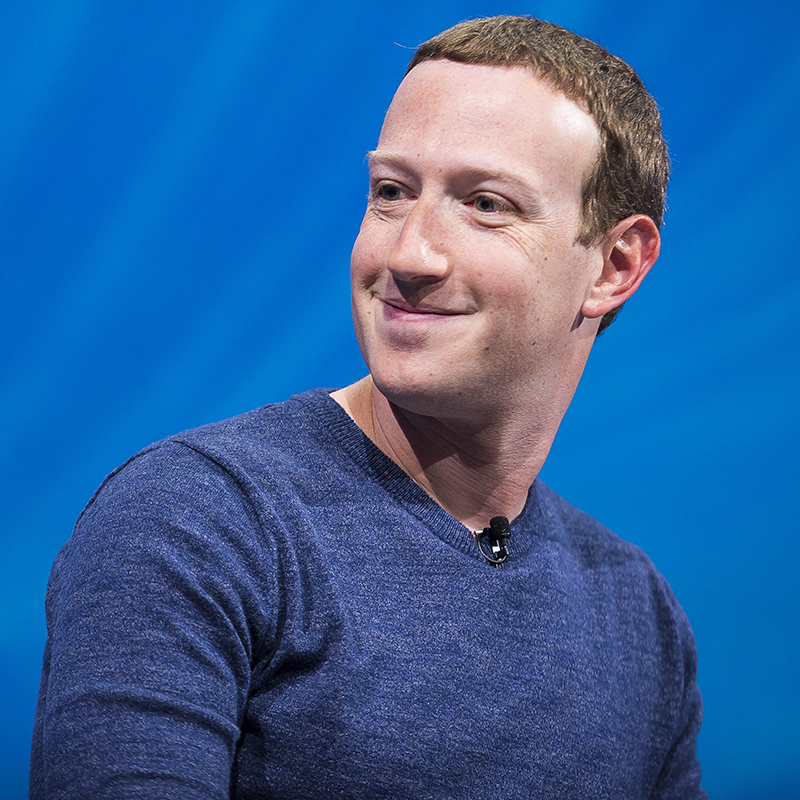Do Social Media Influencers Still Have Sway?
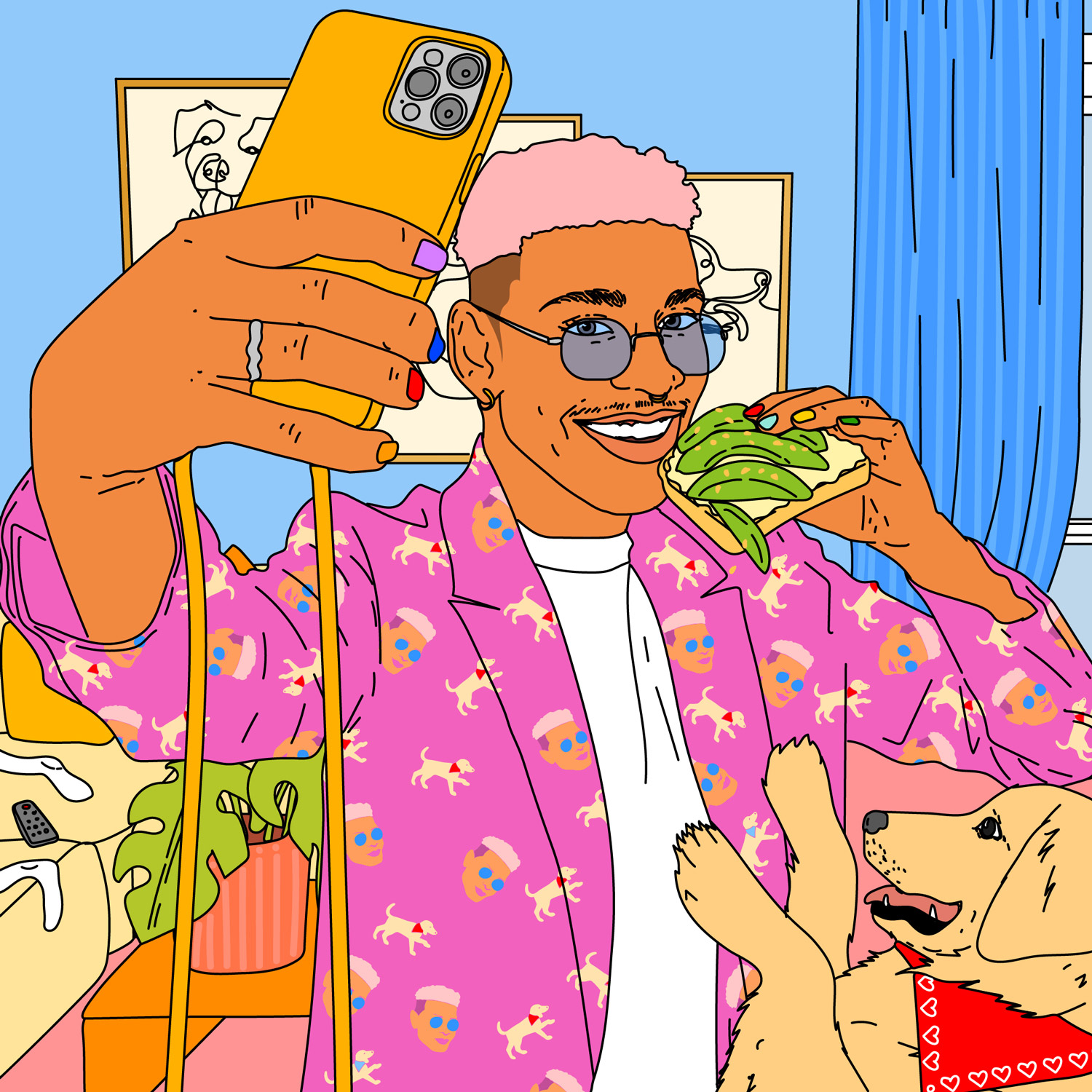
About a decade ago, brands started shifting their marketing spends away from celebrity endorsements and toward social media influencers: seemingly normal people who had huge followings and were game to promote products on their accounts—for a price. But after years of being served ads for Flat Tummy Tea, more than a third of social media users reported unfollowing accounts due to too much promotional content.
Now, brands are finding new ways to engage audiences with the shift to Web 3.0, and the influencer marketing industry is set to reach US$16 billion by the end of the year. Here, Umair Tazeem, founder of Embold, a platform that connects advertisers with influencers, and Shannae Ingleton Smith, head of influencer talent at Kensington Grey agency, share their perspectives on how influencer marketing is adapting to the rapidly changing social media landscape.
SHANNAE INGLETON SMITH: Influencer marketing has existed for a long time, but who we define as an influencer has changed. It used to be that you had to have hundreds of thousands of followers. Now, anyone with a phone and the ability to tell a story can be an influencer. More and more, we’re seeing people with just 2,000 followers make $20,000 from working with five brands a month.

UMAIR TAZEEM: This shift toward nano-influencers—those with just a few hundred followers—is because as an influencer gets bigger, their audience becomes broader and engagement starts to drop off. Nano-influencers have the ability to reach hyper-local niche audiences—people who are super into fitness or makeup, for example—and get higher rates of organic engagement. And for brands, this targeted reach is going to become even more valuable as the cost of advertising on Facebook and Google continues to increase—in November 2020, for example, cost per engagement on Facebook increased by 25 per cent in one week.
S.I.S. We’re also seeing a shift toward content that is more “real” with the rise of apps like TikTok, where videos that come across as authentic are getting the most views. A lot of influencers are now showing people the less “perfect” aspects of their lives. You can’t just show up and be a pretty face anymore—there needs to be a relatability that makes people want to engage with your content. Influencers who continue to put out that overly curated “avocado toast” lifestyle are probably going to be out of a job in the next year or two.
U.T. There’s a level of burnout in consumers that comes from seeing this type of conspicuous product placement everywhere. People are quick to scroll right past it. One thing I tell our clients is that it’s not about net followers or net views; it’s about who the audience is and whether the content is resonating with them.
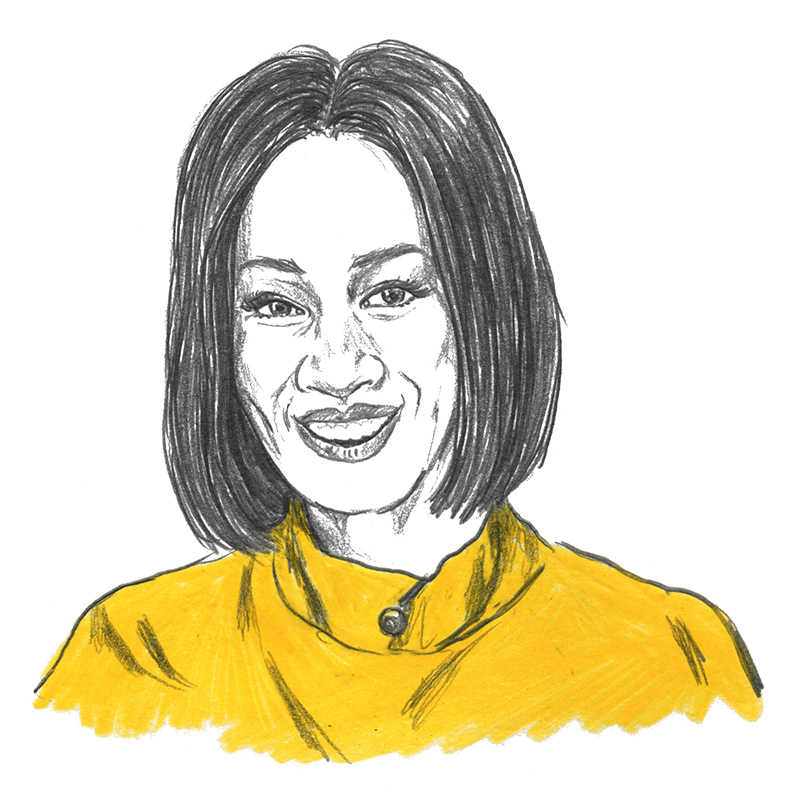
S.I.S. Influencers are also starting to create their own brands rather than just promoting other companies. Kim Kardashian has done it, and others want to follow suit. We’re going to start seeing more brands engaging influencers in product development, and brands should be prepared for it to be a partnership where the influencer gets equity in the product.
U.T. Another big shift is going to be how Web 3.0 impacts all this. Web 1.0 was where you went online to read content presented to you. Web 2.0 is what we have now, where you can read but also contribute through platforms like Instagram and Facebook. Where we’re headed is Web 3.0, where you can read, write and own a part of what’s online. Right now, influencers rely on social media platforms’ algorithms to reach their audiences, but the shift to Web 3.0 is going to give more control. We’re already seeing influencers building their email lists and going to other apps, like Tribe and Circle, where they can text and email their fans directly.
S.I.S. There’s a lot of opportunity in the metaverse. I was testing out an Oculus Rift virtual-reality headset and saw how brands might integrate themselves into that portal. For example, they might hire an influencer to host a VR event or one-on-one interactions with fans. But people tend to go where their communities are, and there aren’t a ton of people hanging out in the metaverse just yet. It’ll be a while before metaverse influencers become prevalent, but that’s where we’re heading.


